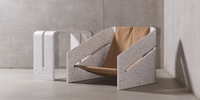
Background information
Less is more: Jean-Paul Brković on the essence of design
by Pia Seidel

What’s the connection between creative minds and the objects they design? What’s their leitmotif and inspiration?
In this series, I’m on a quest to answer the above questions – one interview at a time. Today, I’m talking to Elias Van Orshaegen.
The 28-year-old furniture designer grew up in his father’s carpenter’s workshop in Belgium. He helped out after school, at weekends and even during holidays. Did he enjoy it? Yes and no. There was a lot of technical work – building everything from stairs and windows to kitchens, but rarely furniture. Elias preferred working on his own side projects, which included making swords, signs or Christmas decorations. Although he started off with not much designing, there was already a designer in him back then. In 2021, one year after graduating in interior design, he founded his own furniture label. Since then, he’s been working at the interface between craft and art.
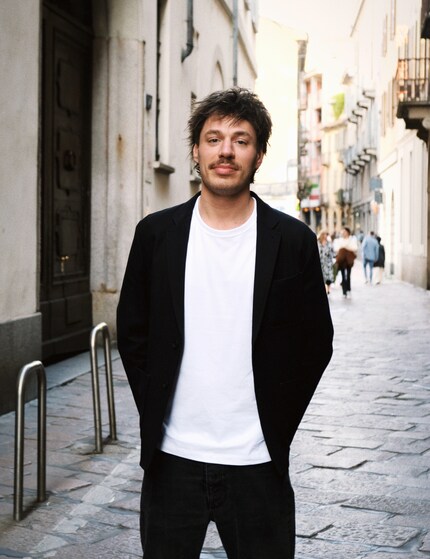
My favourite piece from your collection is the Love Seat. What’s the idea behind it?
The bench is made of an aluminium surface, a hand-polished stainless steel base and a curved seat that makes people glide towards each other. The American cabinetmaker John Henry Belter created a similar design, the curved Tête-à-tête chair, years ago. However, the curve in this chair meant the people sitting next to each other could look each other in the eye and have a discreet conversation.
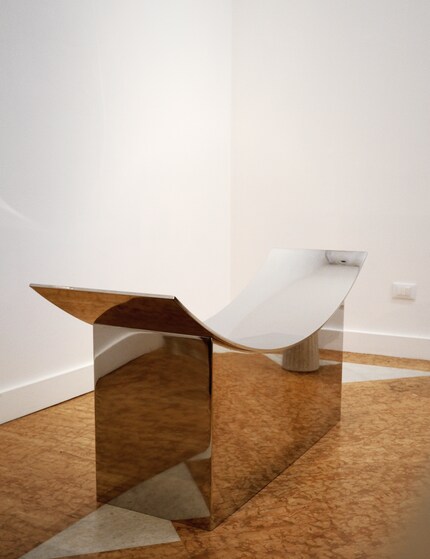
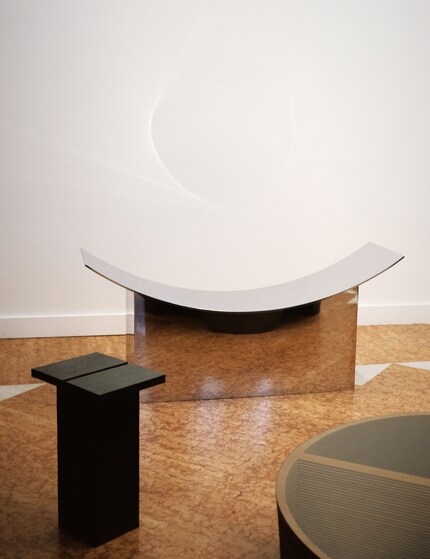
Which of your objects is your favourite?
For me, the most valuable piece is the table from the Soona collection. I designed it after the Love Seat. It’s a translation of my trip to Mexico. The process involved returning to my father’s carpentry workshop for the first time in six years to build the wooden moulds. I chose an approach to concrete moulding that’s rather basic, but at the same time very technical. It requires a lot of carpentry work. This technique gives the material a depth and feel I haven’t seen anywhere else. It’s not so easy to copy – unlike the technique used to make the Love Seat.
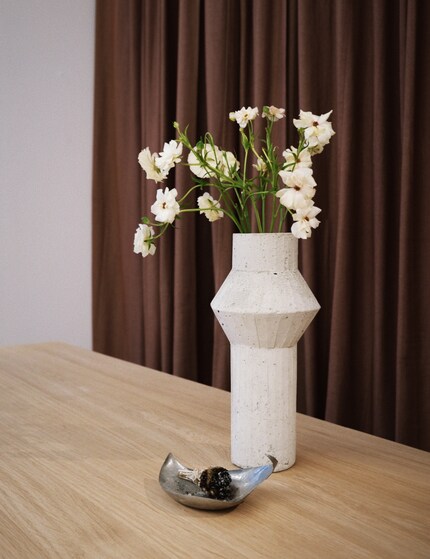
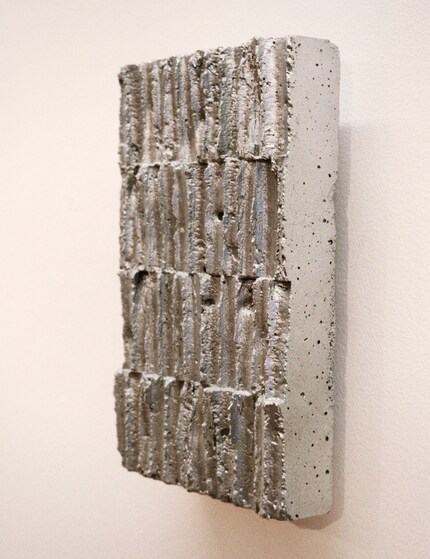
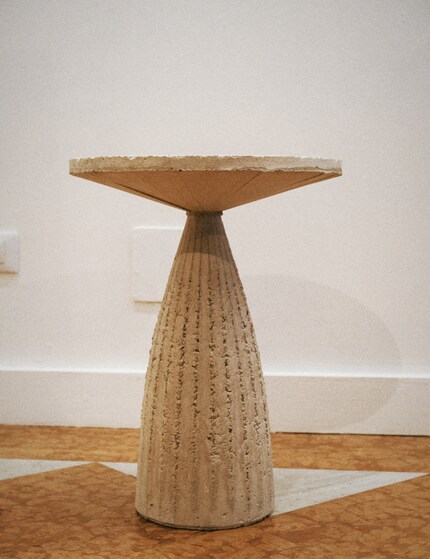
What’s your design leitmotif?
I want to create something I believe in and develop unique concepts. Like the Soona Bistro Table that have a raison d'être and combine sculptural with technical aspects.
Do you have any unexpected sources of inspiration?
The restaurant business. Some of my friends work as chefs in top-flight restaurants and it fascinates me how hard they work to get everything just right. The food, the candlelight, the music, the timing – everything has to be on point. I like thinking about what I do in comparison to what they do. It makes me appreciate their work even more. After all, I don’t have such a strict time slot to work with as they do.
Have you come across any good designs lately?
Yes, the Mix Brussels Hotel by interior designer Lionel Jadot. It’s located in the iconic La Royale Belge building, but it could be anywhere in the world. Almost everything in it, from the chairs to the door handles, is the work of an independent Belgian designer. Nothing’s from a catalogue and every room looks different.
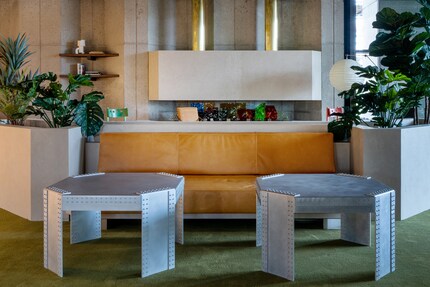
Complete this sentence: «Design needs more...»
Crafting skill, relevance and timelessness – and less trend-based design thinking. Sure, designers are also important, but we need more specialists who can actually create a design in their workshop.
«Being a good designer means...»
Staying curious, wanting to learn and constantly challenging yourself.
Header image: Pia Seidel
Like a cheerleader, I love celebrating good design and bringing you closer to everything furniture- and interior design- related. I regularly curate simple yet sophisticated interior ideas, report on trends and interview creative minds about their work.
Interesting facts about products, behind-the-scenes looks at manufacturers and deep-dives on interesting people.
Show all